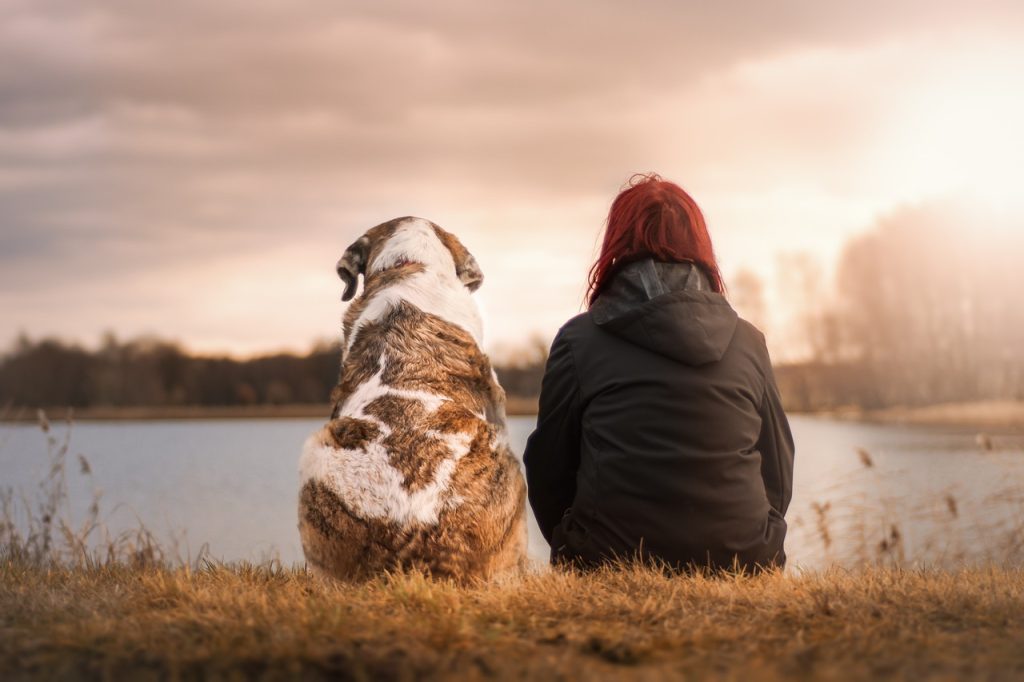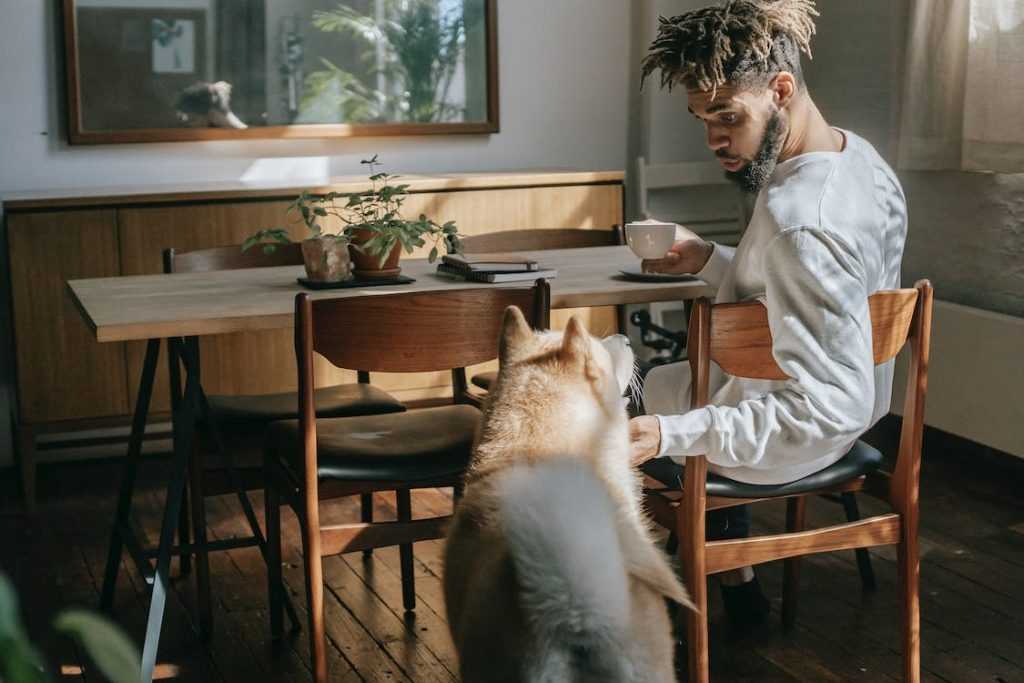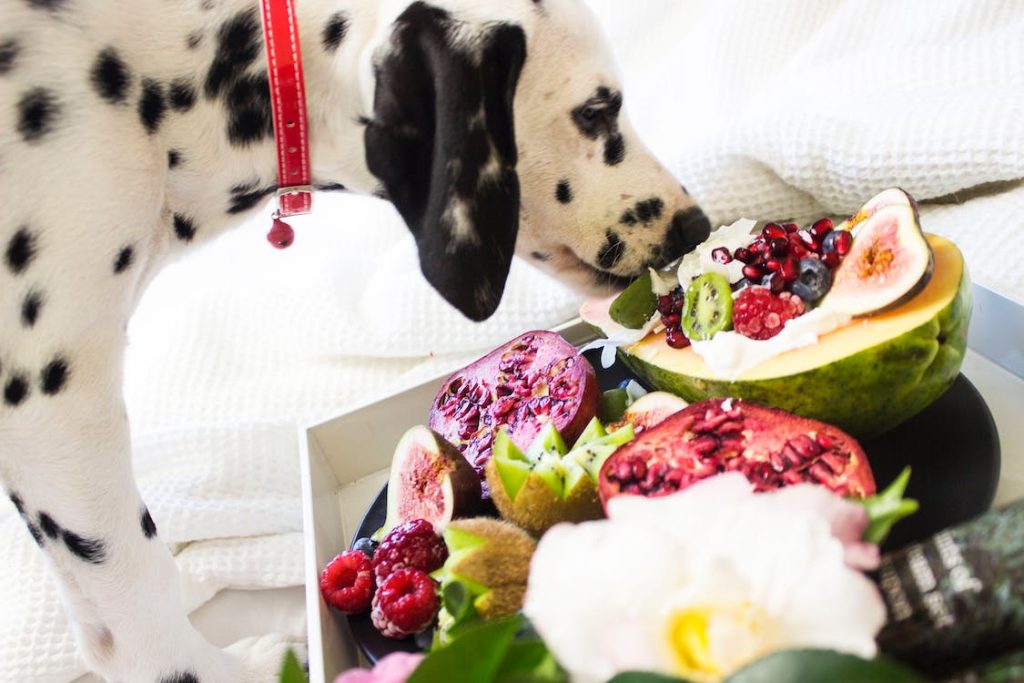With long coat hair, sweet temperament, and affectionate nature, a Persian cat is a top-ranked breed known for its glamourous look. A Persian cat may not be very playful, active, or responsive but it gets strongly close to them who treat it with gentleness and care. Having a Persian origin, the Persian cat shows dignity, docile, and royalty and has a calm demeanor.
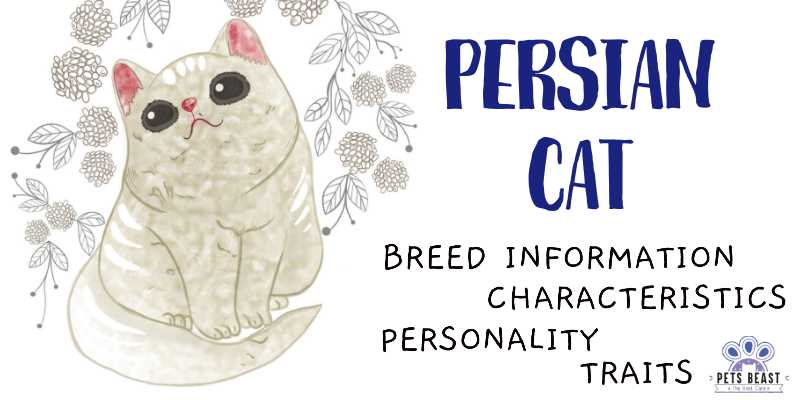
History of the Persian Cat
A Persian cat is known to have originated from the civilization of Mesopotamia, later known as Persia, and what we call Iran today. Some traces of its origin are also found in Turkey. In turkey, the Persian cats were named as Angora, named after the capital of Turkey Ankara. The known history of this cat breed is dated back to the 16th century.
Persian cats got introduced in the western world through crusades. Their long hair attracted an Italian nobleman Pietro Della Valle. He was a world traveler and brought this cat breed to Europe in 1626.
It became famous in Europe and earned popularity for Queen Victoria of England. Here, for their long beautiful coat, people started calling the Asiatic cat. In the 19th century, Persian cats got more famous and were brought to the United States of America. Persian cats surpassed the Maine Coon cat that was once considered as the American Sweetheart.
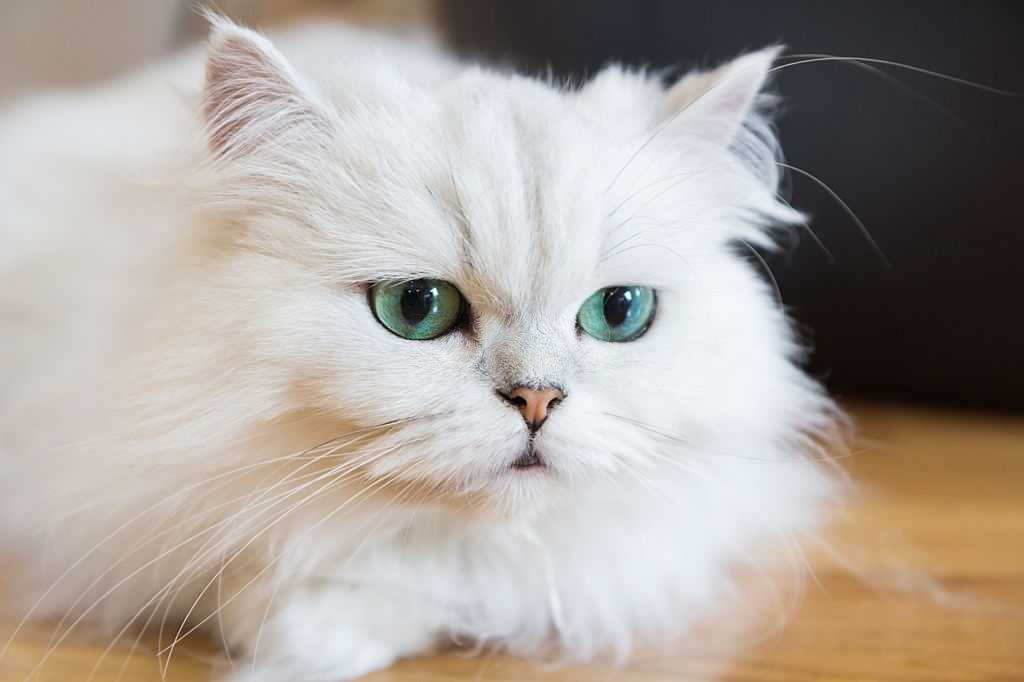
Height & Weight
The Persian cat is a medium heightened cat with 14 to 18 inches. The weight of this sweet looking cat ranges from 7 to 12 pounds.
Life Span
The wonderful companionship of a Persian cat lasts for about 10 to 17 years.
Body Features
The Persian cats have a medium-size body with a sweet round and flat face. These cats appear with two types of faces. Peke-face cats have an extremely flat face while the Doll-face cats tend to have a less flat face. This is the old fashioned look of a Persian cat.
The huge and round head has small rounded ears and round and large eyes. A short thick neck supports their huge head. They have a short body with strong and heavy bones. The legs are short and thick and do not help in climbing and jumping. The paws are round, firm, and large. It has a small tail and the triangular stubby nose is covered with colored flesh.
Eye Color
A Persian has various eye colors like hazel, copper, gree, blue, and blue-green. These colored eyes make the Persian cat look more adorable and attractive to the cat lovers.
Coat Type
A Persian cat is well-known for a beautiful long coat with thickness and shine. It has a downy soft fur and this fine texture adds the beauty of this cat breed. Persians have a striped coat with various solid color patterns.
Colors and Stripes
The coat of a Persian cat has various strip patterns like bicolor, calico, parti-color, smoke, tabby, and shaded.
The Persian cat appears in different known color patterns like blue, black, white, red, lilac cream, and chocolate. The silver and golden division colors of chinchilla and shaded silver, golden and blue shaded silver, and golden and blue chinchilla make the coat more stylish and distinctive.
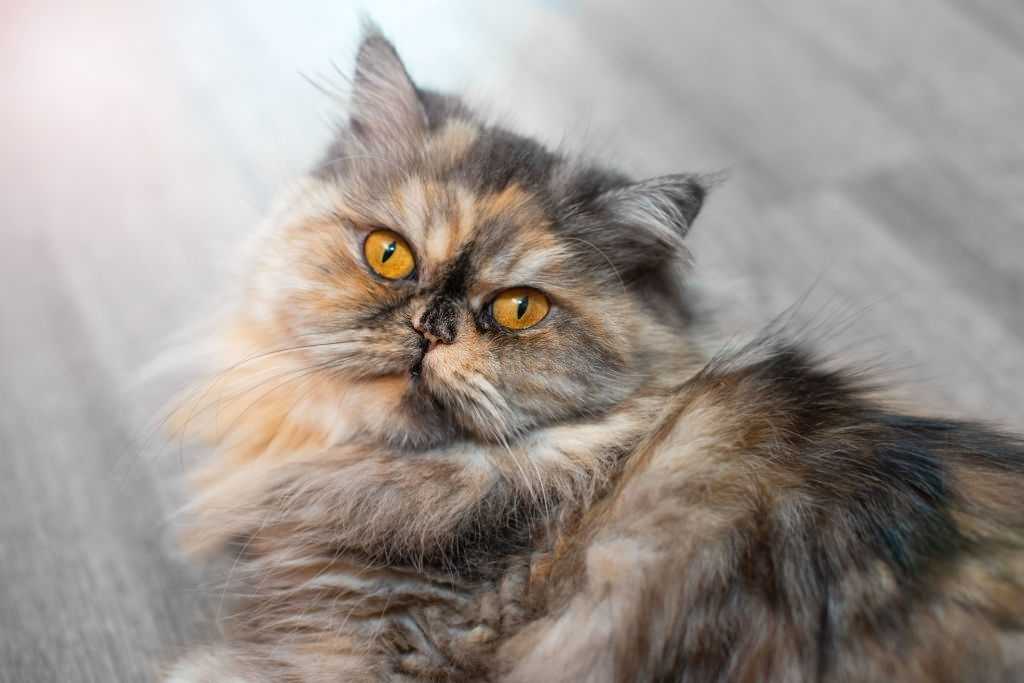
Personality and Temperament of a Persian Cat
The Persian cat has a sweet, calm, and friendly demeanor. Their personality has an element of dignity and docile for having their roots in Persia. The Persian cat is very low at energy and playfulness and prefers to enjoy relaxing in a lap, a sofa seat, or a soft rug. They are slow learners and hard to train.
Persian cats are extremely discriminative in terms of being affectionate and loving. They are affectionate only for their family members and the people they often see. For strangers, they extremely rude and indifferent. Once they get love, they tend to return it multiplied by 10.
Persian cats do not like the environment with sudden changes and loudness. They love to reside in places that are at peace. The Persian cats have a sweet meowing voice and they are well-known to communicate with their large round eyes. They call tell all of their needs with their eye-communication.
This might be the only cat breed that doesn’t like to jump over the curtains, kitchen counters, or the table in search of food or chasing something. It likes to stay calmly in the lap or the floor and appreciates being tapped by its owner. It has a sweet nature of waiting for the attention and love of the owner, and he also returns it with love.
Health Problems of the Persian Cat
This beautiful and adorable cat breed is prone to some genetic and potential health issues. These cats are very delicate and sensitive and with little carelessness, can be caught by dangerous health problems. Some of these problems are related to their coat and some to the facial structure.
- The Peke-face Persian cats have an extremely flat face and constricted nose that can create difficulty in breathing.
- They have very sensitive eyes that can get easily affected by diseases like the cherry eye, entropion, progressive retinal atrophy, and keep tearing all the time.
- This cat breed is very sensitive to heat and can not resist extremely heated places.
- They are prone to a skin disease called Seborrhea oleosa. They can cause redness, itchiness, and hair loss.
- They can also have a fungal infection of ringworm.
- Persian cats can often have bladder infections.
- Polycystic kidney disease is also common in Persian cats. It appears at the age of 7 to 10 and can affect one or both the kidneys.
- Their teeth usually do not mesh well and they can have dental malocclusions.
Nutrition of a Persian Cat
Persian cats are very selective in terms of eating and do not like to eat anything served. Once they start liking something to eat, they eat it well. Their body needs rich amounts of fiber, proteins, and low-fat foods. The cat food is good for a Persian cat’s nutrition. It can be dry, wet, or a mixture of two food items as well. Persian cats also like to eat chicken and fish that are best for getting proteins and low fats.
As Persian cats are not very playful and active, they are vulnerable to obesity and gaining too much weight. To maintain their weight, they must not be overfed. Twice a day meal at a fixed time and fixed food ratio will keep them healthy.
The flat faces of the Persian cats can be a problem in eating certain shaped food. Make sure the food you are providing is easily eatable for your cat or else it will get sick and weak.
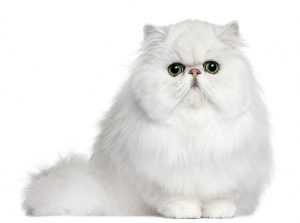
Care of a Persian Cat
This adorable cat is also very sensitive and needs lots of care to grow well and stay healthy.
- Their long coats get infected when they get tangled. Their coats need daily grooming to avoid tangling and stay healthy.
- The Persian cats shed a lot but the debris and germs in their coat do not shed. Their owners have to take care of their cleanliness. A monthly bath will keep its coat, clean, smooth, germs free, and soft.
- The tearing eyes can leave stains and marks on the face. Wipe off their eyes and clean their face regularly.
- To avoid dental problems like periodontal disease, brush their teeth twice or thrice a week.
- They like to live in tidy places. Keep their rug and litter box clean or the cat will stop using it.
- Use cat food enriched with proteins to maintain the good physique and health of the cat.
- Trim their nail regularly to avoid scratches on your skin. Use cat nail caps to avoid injuries.
- Provide your Persian cat with cat toys, cat trees, a cat house, or a feather teaser to keep engaged.
- Keep the cats indoors to keep them clean and safe from being stolen.
Conclusion:
A pet like a Persian cat is a wonderful ornamental piece to keep at your home. Its calm demeanor and need for less exercise make it a quite comfortable and adorable companion. If you can take care of a Persian cat for its grooming and food intake, you are just perfect to become a Persian cat owner.




